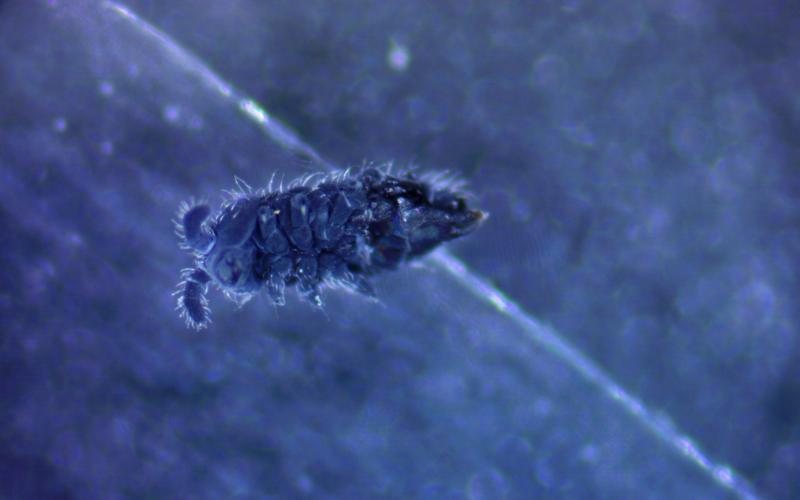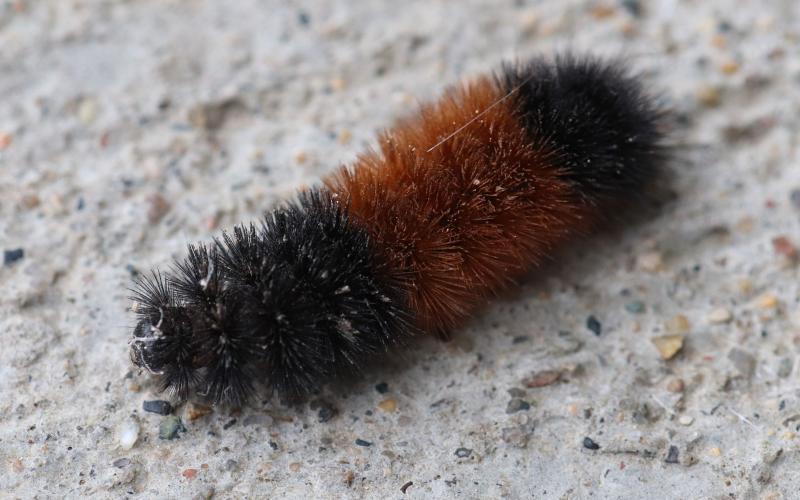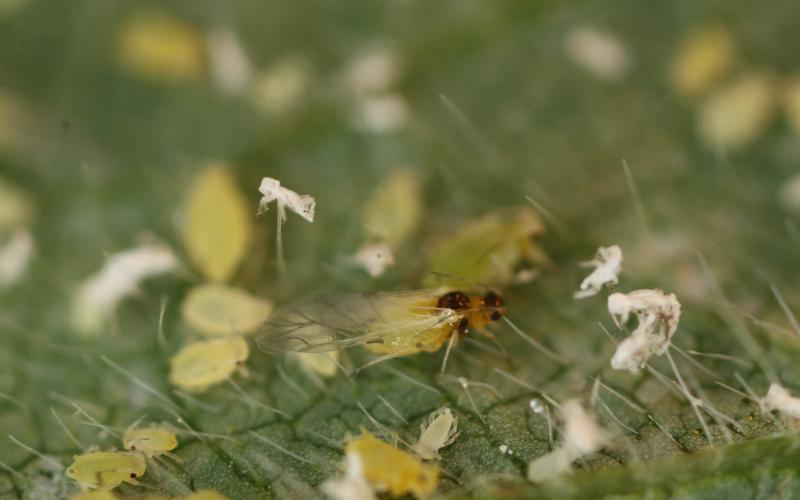Content by Philip Rozeboom

2019 South Dakota Grasshopper Forecast
The USDA Animal Plant Health Inspection Service conducts an annual survey to monitor grasshopper populations in Western South Dakota. In 2018, SDSU conducted a survey to monitor populations in Eastern South Dakota. These previous-year surveys can be used as a prediction tool for where grasshoppers may be an issue during the upcoming season.

What are those black bugs jumping on the snow?
One of the first critters you may notice in early spring or even late winter are snow fleas. These tiny arthropods can be an odd sight when they appear by the hundreds on top of snow drifts that are melting on warm, sunny days.

Are those woolly bear caterpillars I see crawling?
Anyone that spent the weekend outdoors may have observed flies, wasps, bees, and others flying around for the first time this year. One of these insects is a familiar one, the woolly bear caterpillar.

Soybean Gall Midge: What We Know So Far
In 2018, South Dakota soybean farmers were faced with a new soybean insect pest. What started with dying field borders ultimately ended with yield losses throughout many fields on the Eastern side of the state. We determined that the pest in question was the soybean gall midge.

How to Properly Launder Insecticide-Contaminated Clothes
It is important to prevent insecticide exposure from occurring when laundering contaminated or potentially contaminated clothing.

New Multi-State Extension Publication: Managing Insecticide-Resistant Soybean Aphids
The first pyrethroid resistant soybean aphids were reported in Minnesota in 2015. Since then, pyrethroid resistant soybean aphids have been reported in Iowa, North Dakota, and South Dakota. In an effort to address resistance, researchers from those states have put together a new extension publication.

First Soybean Aphid Populations Detected in South Dakota
While scouting fields this week, we observed winged (alate) soybean aphids in Southeast South Dakota.